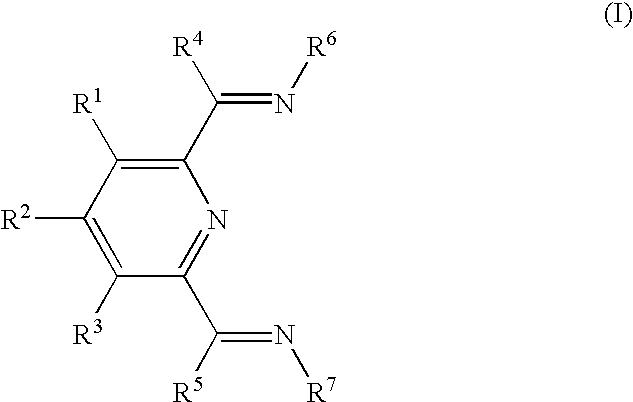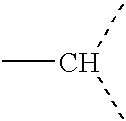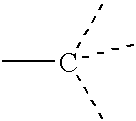Preparation of curable polymers
- Summary
- Abstract
- Description
- Claims
- Application Information
AI Technical Summary
Problems solved by technology
Method used
Image
Examples
example 2
[0091] A 600 mL Parr.RTM. reactor was cleaned, heated under vacuum and then allowed to cool under nitrogen. It was then brought into a drybox. In the drybox, to a Hoke.RTM. cylinder was added 5 mL toluene and 4.2 mL MAO (13.5 wt % toluene solution). To a 20 mL vial was added 2.0 mg A and 2 mL toluene. It was then pipet transferred to the 600 mL reactor. Then 433 mg of 0.1 wt % B in biphenyl mixture was also added to the reactor, followed by addition of 20 mL 1,4-hexadiene and 130 mL 2,2,4-trimethylpentane. The reactor was sealed. Both the Hoke.RTM. cylinder and the autoclave were brought out of the drybox. The autoclave was assembled to a high-pressure line. The Hoke.RTM. cylinder was connected to the autoclave. The reactor was pressured with nitrogen, and the nitrogen was then released. Reactor was heated to 65.degree. C., then, pressurized 2.times. to 690 kPa ethylene, venting each time and finally pressurized to 830 kPa with stirring. The MAO solution was added from the Hoke.RTM....
PUM
| Property | Measurement | Unit |
|---|---|---|
| Elastomeric | aaaaa | aaaaa |
Abstract
Description
Claims
Application Information
 Login to View More
Login to View More - R&D
- Intellectual Property
- Life Sciences
- Materials
- Tech Scout
- Unparalleled Data Quality
- Higher Quality Content
- 60% Fewer Hallucinations
Browse by: Latest US Patents, China's latest patents, Technical Efficacy Thesaurus, Application Domain, Technology Topic, Popular Technical Reports.
© 2025 PatSnap. All rights reserved.Legal|Privacy policy|Modern Slavery Act Transparency Statement|Sitemap|About US| Contact US: help@patsnap.com



